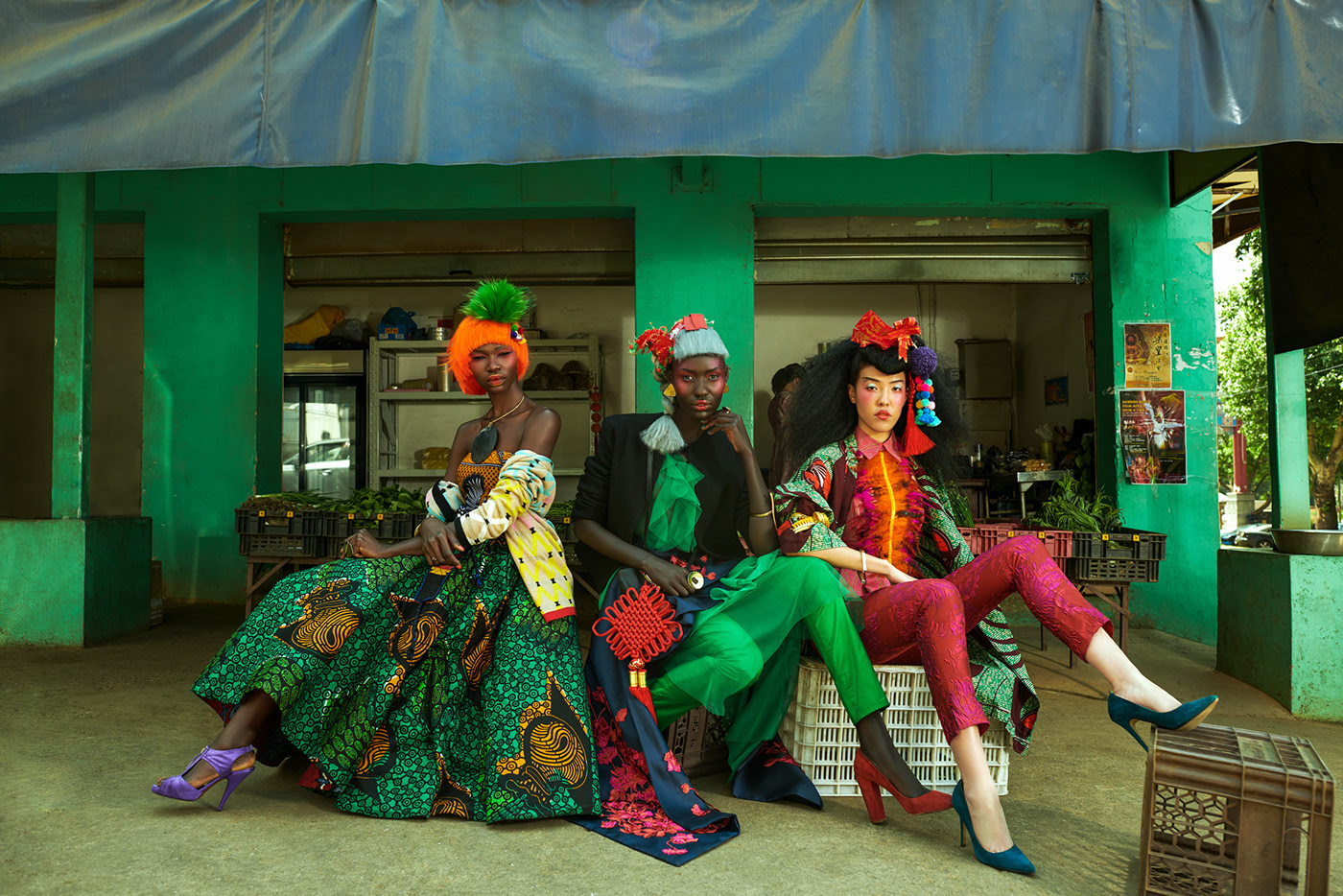Exploring the Globalisation of Africa

Think Piece
Words by Thubelihle Nkutha
To look at the growth of fashion in Africa is to look at a deep-rooted connection with the way African culture is being viewed by those across the oceans. Those who colonized these countries now seek to integrate the culture into their fashion weeks and brand mergers. The level of interest in African brands is due to the lack of exploitation that the more famous brands are not afforded anymore. It is not the sole reason why our local designers are noticed more often now, but it is certainly a contributing factor. We can consider the situation between MaXhosa Africa and Zara, where Zara had taken a similar design pattern from the clothing brand. Selling off a sock range that could be passed off as the MaXhosa brand sparked online outrage as people quickly noticed the signature designs. Laduma Ngxokolo, the founder of MaXhosa expressed his unhappiness with the retailer for benefiting off of his designs. It was said that he would pursue legal action against the brand. Local designers being sought out has a lot to do with the power of the internet. Through the response online, Zara was forced to discontinue the socks in question. Which begs the question, what were Black designers going through before the power of social media?
MaXhosa Africa by Laduma Ngxokolo
Historically, American fashion designer Dapper Dan is a good case study when we consider the experiences of Black designers. He was one of the biggest influences when it came to having luxury brands being sought out in the hip-hop community back in the ’80s. What he used to do was have similar designs or even better those from the likes of Gucci – pricing them to match the pockets of those in his community. He would go as far as fitting Gucci brandingin cars on the seats to a point where it felt like there was no limit towards his influence in his community by bringing luxury to parts where it did not exist. Gucci would then steal some of his designs and sell them to their preferred clientele. Today, Dan has had his story told by the brand in one of their published books. Considering the fact that it took over 30 years for Gucci to give him his recognition, the role of social media can somewhat be credited for the acknowledgement. The exploration, or lack thereof has led to the globalisation of African brands, because there is no hiding anymore
Dapper Dan via GQ Style
A look at a recent collaboration that is taking one of our local designers into international stores is the one between H&M and Palesa Mokubung. It is very easy to assume that this could be a PR move by H&M who were part of marketing a controversial image of a boy wearing a hoodie that read: “coolest monkey in jungle”. The brand has now opted to collaborate with a South African designer marking this as the first collaboration with an African designer. What this does, unfortunately is take away the achievement of the designer, placing her success story as one of pity and not reward. Considering the fact H&M has done collaborations with the likes of Balmain, Stella McCartney, and Karl Lagerfeld; the retailer will not only be selling the collection in South African stores, but making her collection available in its flagship stores in the US, UK, France, Spain, Portugal, The Netherlands, Belgium, Mexico and Chile. Getting to this place for Mokubung took 15 years in the fashion industry and her finding her identity as a Black designer. Letting her brand represent a proud Mosotho heritage sees people from abroad being drawn into a story they are not familiar with but can gravitate towards.
Mantsho by Palesa Mokubung
Reflecting back on Laduma, very often it is advised that Black artists should never be vocal against bigger brands as it would ruin any possible future opportunities. Laduma, in the eyes of others could have avoided taking legal action against Zara because it is simply a sock, right? The sock however represents a constant struggle that Black artists constantly face when it comes to belonging in different industries. Understanding this aspect, earlier this year premium gin brand Bombay Sapphire partnered with Laduma to inspire any future designers. Seeing Laduma being asked to be one of the lead creatives in their South African launch of the Bombay Stir Creativity campaign is another step towards international brands acknowledging African talent. A few years ago, it would have been easier for Bombay to source out a person from another country and launch it in South Africa. What may have changed? It is simple - the impact and recognition that local artists have generated is strong enough to carry international brands. The world needs African brands more than African brands need the world. Our stories and ideas will always entice us because we relate to them. Now that the world is watching, let us give them a show.



